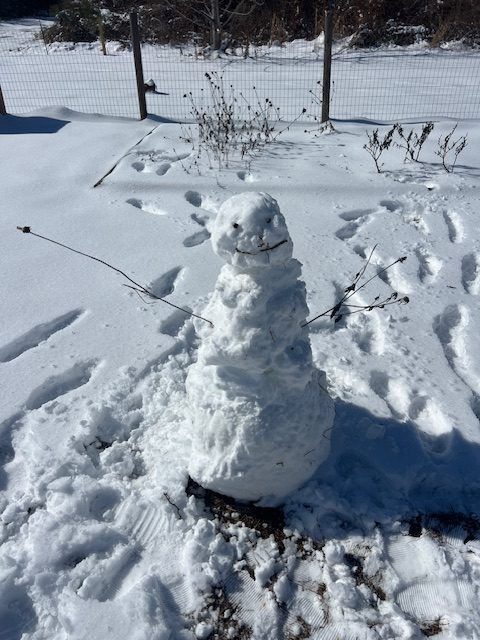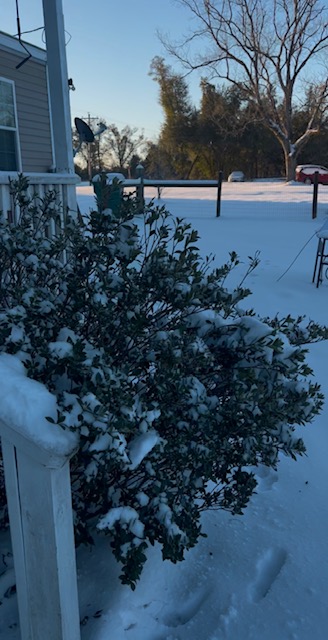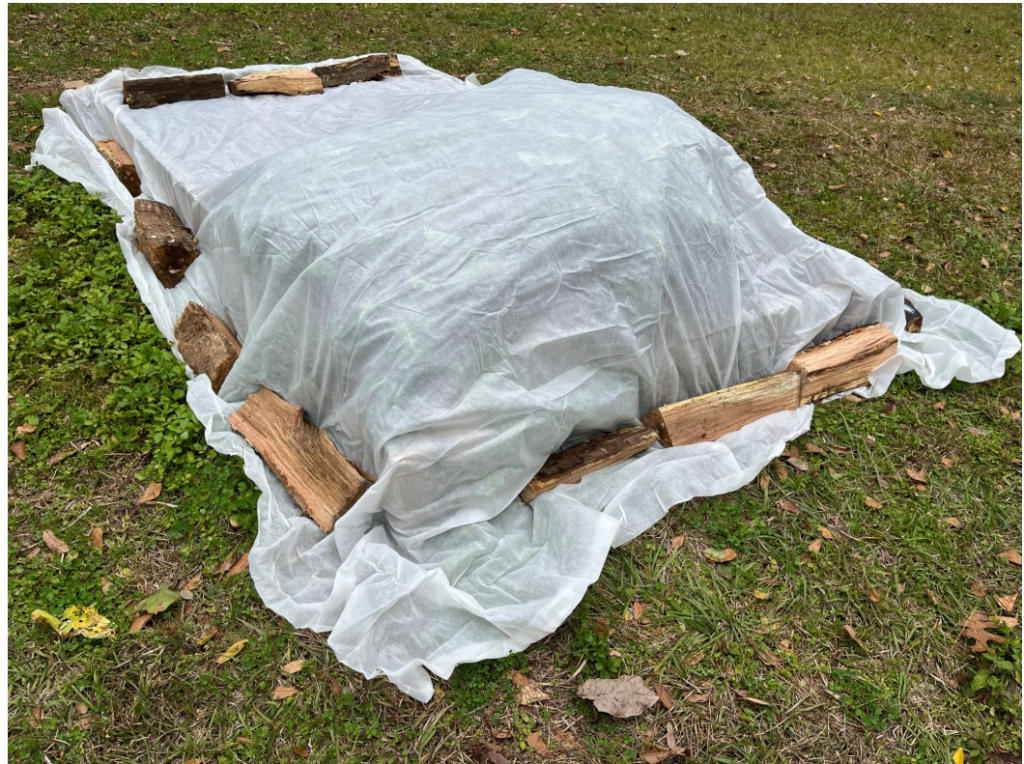2025 has already been a year for the books, as Winter Storm Enzo has proven that it really can snow in the Sunshine State. With the fluffy white snow also comes below freezing temperatures, therefore most landscape plants that fit the hardiness zones of Florida are not cold-tolerant or what is also called “cold-hardy.” In the Florida Panhandle, freezes are becoming more prevalent in recent years, so it is best to act ahead of time to protect your patio and landscape plants from feeling the adverse winter affects.
Preparation in Advance
It is always best to do your research and know what hardiness zone(s) your plants will thrive in. This will help you understand the level of cold tolerance the plant can withstand and will allow you to select cold tolerant varieties that will grow best in the Florida Panhandle. You can find your hardiness zone by using this link: https://planthardiness.ars.usda.gov/.
Proper care throughout the year will also help your patio and porch plants withstand freezing temperatures; a healthy plant has a better chance of recovering from cold damage than an unmaintained one. A freeze event can usually be spotted in the forecast multiple days in advance, and it is best to be proactive by moving potted plants that would be adversely affected to the indoors or to a warmer sheltered area.
Cold Protection Tips
One of the most effective ways to protect your plants from cold weather is covering them up during the night. Frost cloths can be purchased at most garden stores or through online platforms. If you are unable to buy frost cloths, you can use breathable materials such as old bed sheets or burlap bags that will still allow for air flow to the plant but keep it insulated and warm.
You can also use mulch for insulation. Applying a thick layer of mulch around the base of your landscape plants will help insulate the soil to regulate ground temperatures and protect the plant’s root system from cold weather damage. Pine straw or leaves will work best and should be applied in a 3-to-4-inch layer kept away from the base of your stem or trunk of the plant. In some cases, it may be necessary to use an outdoor heat lamp, but always ensure that it is placed away from any flammable materials and only used as needed.
It has been said that using your irrigation at home can be a form of freeze protection. This is typically not effective for a homeowner. When farmers run irrigation to protect their crop, the irrigation systems that are used commercially are designed for scenarios like this. The irrigation must be run for several hours after temperatures rise for this method to work and protect the plants. With a home irrigation system, this is considered water-wasteful and the amount of water a home irrigation system emits can turn into heavy ice quickly, which will damage your plant rather than offer protection.
Cold protection for plants in Northwest Florida is all about preparation. Whether its covering plants, adding mulch to your landscape, or moving your plants indoors, a little effort can go a long way in preventing cold damage. With a bit of TLC, you can keep your landscape and garden beautiful all year long.
For more information please visit:
https://gardeningsolutions.ifas.ufl.edu/care/weather/treating-cold-damaged-plants/
- Deck the Halls: Repurposing Yard-Waste for Holiday Decor - November 20, 2025
- Autumn Spotlight: The Mum - October 17, 2025
- Nature’s Recycling: The Art of Composting - September 4, 2025



